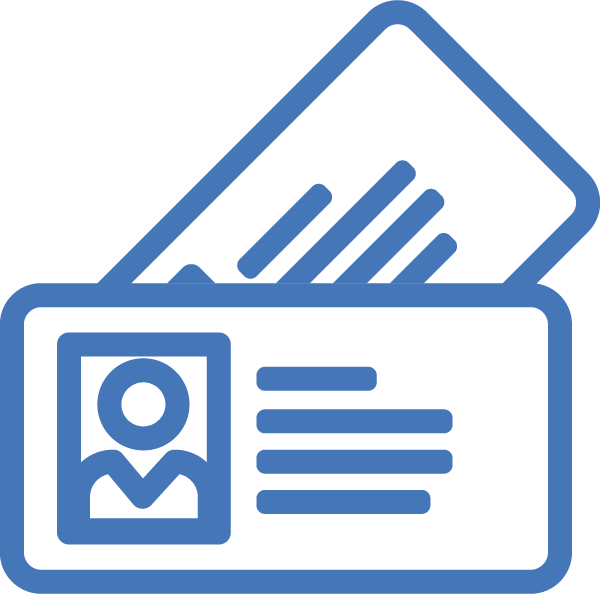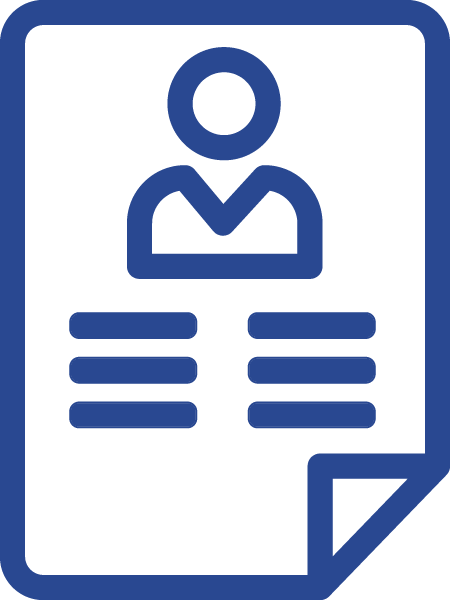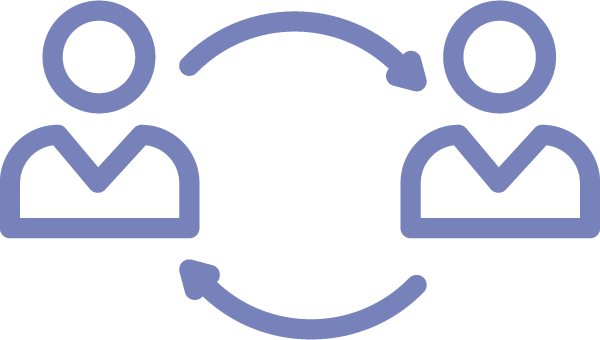- Continuously monitor the company’s economic and financial performance;
- Anticipate warning signs and/or performance deterioration with the possibility of preventive corrective action.
The proposed management control model is based on a direct costing logic, following these main guidelines: The company will be divided into Business Areas (ASA) (Area A, Area B, Area C, ministerial lines, rentals, etc.) with an income statement consisting of:
- Revenues directly attributable to them
- Costs related to vehicles (valued at standard costs)
- Costs directly attributable to the ASA.
With this technique, each business area will have its own income statement and can be interpreted as an independent economic entity.
















